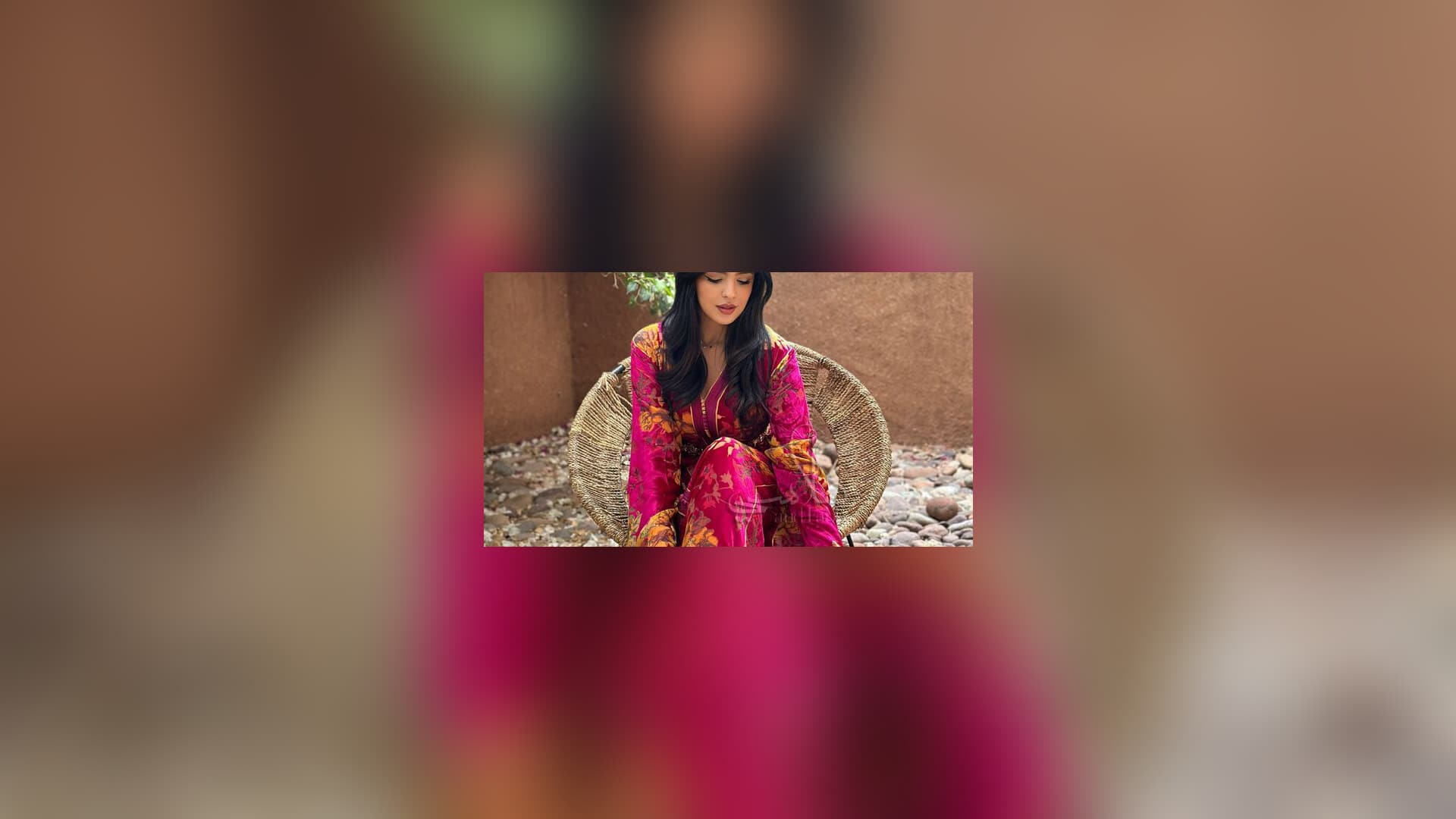Moroccan caftans, a symbol of elegance and cultural heritage, have captivated the fashion world with their intricate designs and luxurious fabrics. Originating from Morocco , these traditional garments are much more than just attire; they are a celebration of craftsmanship and cultural identity. This article delves into the history, key concepts, and practical advice for incorporating Moroccan caftans into modern wardrobes.
A glimpse into history The Moroccan caftan traces its roots back to the Ottoman Empire, evolving over centuries to become a staple in Moroccan culture. Initially reserved for royalty and the elite, caftans have become accessible to all, symbolizing both festivity and everyday elegance. Their evolution reflects changes in societal norms and fashion trends, making them a fascinating subject for both historians and fashion enthusiasts.

Understanding caftan elegance At its core, the Moroccan caftan is characterized by its long length, flowing fabric, and elaborate decorations including embroidery, beading, or sequins. Traditionally made from silk or cotton, modern interpretations also embrace lighter materials like chiffon for versatility. The garment's appeal lies in its ability to blend opulence with comfort while offering endless customization options through color choices and accessories.
Styling your caftan Add global sophistication to your wardrobe with a Moroccan caftan. For formal events, select silk or velvet pieces with detailed embroidery and comple.
















